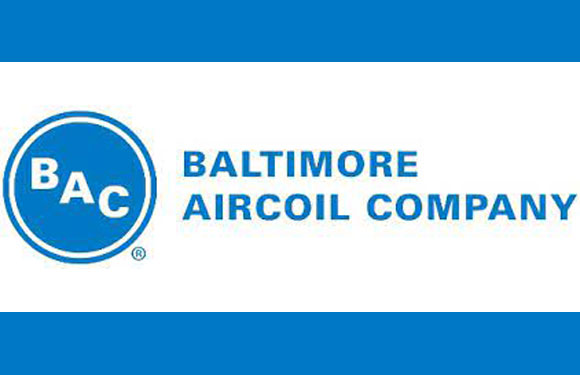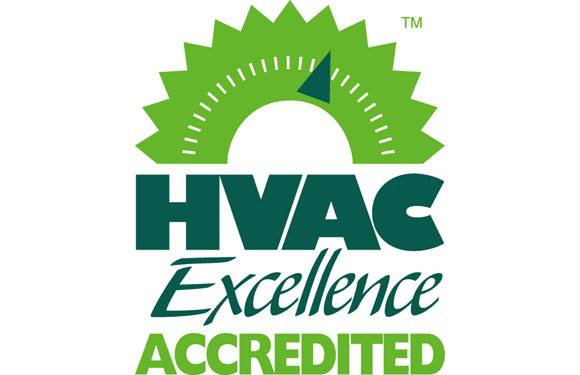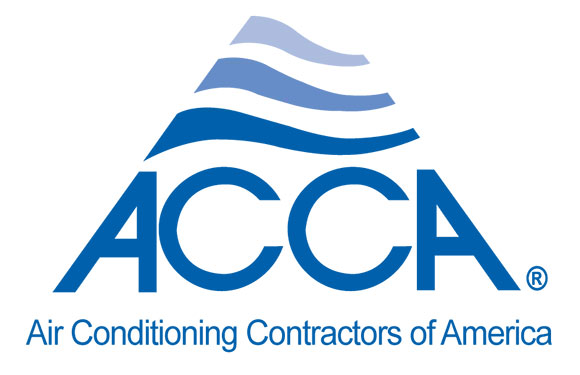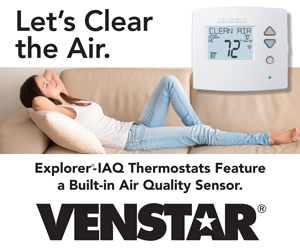
News
Carbon Monoxide: Three Reasons High CO in Flue Gas Should Concern You
By David Richardson
One question I frequently hear is, “Why should high CO (Carbon Monoxide) readings in the flue gas concern me? They’re all going outside, anyway.” It’s a question I also asked myself before I understood the cause-and-effect relationships that make this so dangerous. Let’s look at three reasons high CO levels in flue gas should concern you.

Number One: Building Infiltration
It’s easy to assume flue gas leaves the venting system and travels off into the atmosphere, never to be a problem. Think about this, what if it finds its way back into the building? Outdoor air easily moves into conditioned spaces through infiltration – the random and uncontrolled movement of air into a building. When CO leaves the venting system, it becomes a component of outdoor air.
The closer the infiltration point is to the venting system, the less time there is for flue gas to mix with outside air and dissipate. One of the worst examples of this is rooftop packaged equipment. There are rooftops across the country where exhaust gases are in direct proximity to economizers and outside air inlets. The source of infiltration is the economizer. The blower pulls any exhaust gases near it into the return, then distributes it through the supply ducts.
Be aware, this issue occurs just as easily in a residential building. Any opening to the outdoors provides a pathway for exhaust gases to enter the building. Sidewall vented condensing equipment exhausts these gases closer to common openings such as windows, doors, crawlspace vents, and outdoor air intakes. Don’t assume equipment is safe because it has an exhaust and intake pipe.
Number Two: Building Pressure Changes
Another issue that brings high CO indoors is a change in building pressure. This is a topic I’ve addressed over the past few months. The amount of pressure needed to reverse the flow of exhaust gases isn’t much. A pressure difference as small as .012 inches of water column will cause natural-draft equipment to backdraft.
When airflow imbalances exist, they create a change of pressure. Since air takes the path of least resistance, it can cause flue gases to spill into the building. Common sources that lead to this pressure change include:
- Leaky blower doors
- Open filter racks
- Central returns
- Interior door closure
- Duct leakage.
Consider this: what happens if one of these conditions exists and CO levels are high in the flue gas? The outcome probably won’t be good. The intended flow is reversed and CO spills into the building.
Number Three: Disconnected Flues
I left this for the last point since it’s kind of obvious, but then again, it isn’t. Disconnected flues can allow high CO in exhaust gases to spill 100% into the building. Many news reports list a leak in the flue pipe as the number one cause of CO poisonings.
While this is obvious, it’s easy to forget that any equipment with a drafthood. It already has a disconnected, or leaking flue, by design because the equipment has a built in disconnect. Our industry considers a designed disconnect, like a drafthood, acceptable, but condemns disconnected flues. The only difference is where they are located.
The Need to Measure CO
The only way to identify whether high CO exists is to measure the equipment’s undiluted flue gases with a combustion analyzer. Place the probe into the flue gas, before dilution air and record multiple CO measurements. Professionally trained technicians get a minimum of three readings during equipment operation.
Ideally, CO measurements should be less than 100 ppm and stable during the run cycle for vented gas-fired HVAC equipment. The ANSI Z-21 maximum CO level is 400 ppm air-free. When equipment operates above this range, it exceeds the certified safety range.
Remember, you’ll need to take more than one CO reading during equipment operation. A single reading at five minutes of operation will tell you if CO is high, but it won’t tell you the entire story. Additional readings allow you to see if CO is rising. This action shows flue gas is spilling and not leaving the equipment, even if the CO readings are under 100 ppm.
You have a responsibility to assure the systems you install, service, and maintain are safe. Assuming a system with high CO is safe because it all goes outside is irresponsible and could cost you more than you’re willing to pay.
About the Author
David Richardson serves the HVAC industry as a curriculum developer and trainer at the National Comfort Institute, Inc. (NCI). NCI specializes in training focused on improving, measuring, and verifying HVAC and Building Performance.
If you’re an HVAC contractor or technician interested in learning more about adding carbon monoxide testing to your services, contact David at davidr@ncihvac.com or call him at 800-633-7058. NCI’s website www.nationalcomfortinstitute.com is full of free technical articles and downloads to help you improve your professionalism and strengthen your company.
















